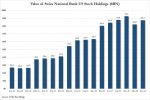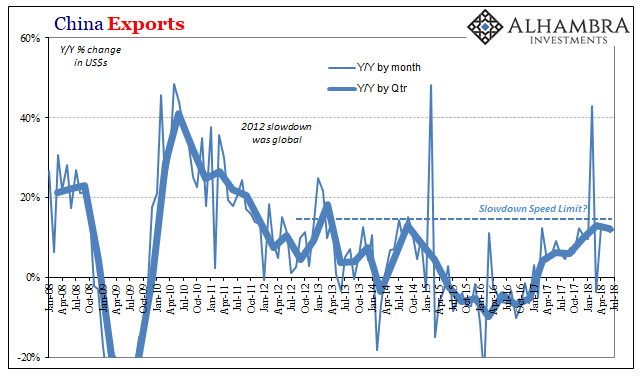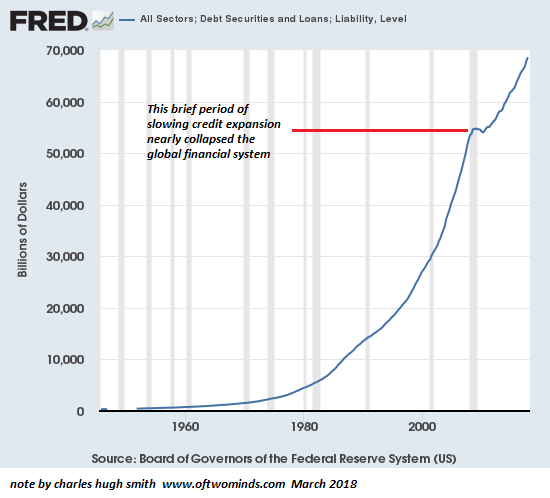The report says that while it is true that, as a group, women get paid less than men, it is not because they receive less for the same work. It is because they don’t get the highest-paying jobs in the highest-paid industries.
Korn Ferry’s number crunchers took pay data on more than 20 million employees across 25,000 organisations in more than 110 countries. They controlled for job level, company, and function. Globally, the headline pay gap between all women and all men is 18%. After adjusting for job level the gap drops to 7%. Then after adjusting for company it falls to 2%. A final adjustment for function brings it to under 2%. In some countries it disappears completely.
In Switzerland, the headline gender pay gap is 22%. This percentage falls to 3% once job level is factored in and declines further to 2% after company and function are adjusted for.
In some countries such as UAE, Saudi Arabia, Vietnam and Indonesia, the pay gap reverses in favour of women after all of these factors are adjusted out.
This does not mean there is no discrimination. According to the report, the ongoing challenge for women is not getting the same pay, but breaking into high paid jobs that are dominated by men.
Data on job level further illustrate the issue. Men dominate high level jobs. Overall, 83% of executive roles and 73% of management jobs are held by men. Switzerland is slightly above these averages with 85% and 74% respectively. Vietnam leads with 69% and 59%, while Saudi Arabia comes last with 99% and 98%.
And it isn’t just an issue of seniority. The analysis finds men also dominate highly paid functions and sectors. For example men hold 85% of technical jobs in eleven of the world’s largest tech companies.
The Korn Ferry study is timely. Google, which employs one woman for every four men in technology-related roles, has been battling a wage discrimination investigation by the US Department of Labor since 2015. An audit team says it found “systemic compensation disparities against women pretty much across the entire workforce.” Google refutes this and says a compensation team sets the salary for each hire with no direct contact with the applicant and no knowledge of the applicant’s name, race, ethnicity or gender.
On 14 July 2017, a San Francisco judge ordered Google to provide investigators with further salary and employee information. The judge’s 43-page order shows the complexity of identifying pay gaps for particular jobs. Pay adjustments for competing offers and differences in pay by previous employers can both cloud the picture.
If the Korn Ferry study is correct then investigations focused on pay gaps for a particular job, like the one at Google, could be barking up the wrong tree. A better focus could be to investigate why more women don’t get selected for or promoted into high-paid roles in high-paid fields.
The authors suggest organisations, managers, and women themselves need to share responsibility for removing the “headwinds” that hold women back.
The report says the problem starts at school and university, partly because many education systems still steer boys and girls in “traditional” directions. This is particularly pronounced in science. In the UK nearly half of state schools have no girls taking A-level Physics.
Among those women who choose science, dropout rates are a problem. The WISH foundation at EPFL in Lausanne, says that 52% of women in science and engineering drop out by 35. According to the World Economic Forum, Switzerland is ranked among the worst places for women in Europe striving for an academic career.
Gender stereotypes and social attitudes, often unspoken, also play a role. Researchers found that women who ask for more money are seen as demanding while men who do this are seen as strong.
In addition, the way companies are structured often works against women. Some company structures, rules, and systems were designed by men more than 60 years old. Some women (and some men) don’t want senior roles if they have to conform to these structures and “norms” to get there.
The potential benefits of eliminating these “headwinds” are huge. The McKinsey Global Institute estimates the world economy would grow by US$ 12 trillion if women were able to realise their full potential. And with female breadwinners on the rise, millions of families around the world would benefit.
Full story here Are you the author? Previous post See more for Next postTags: newslettersent





































